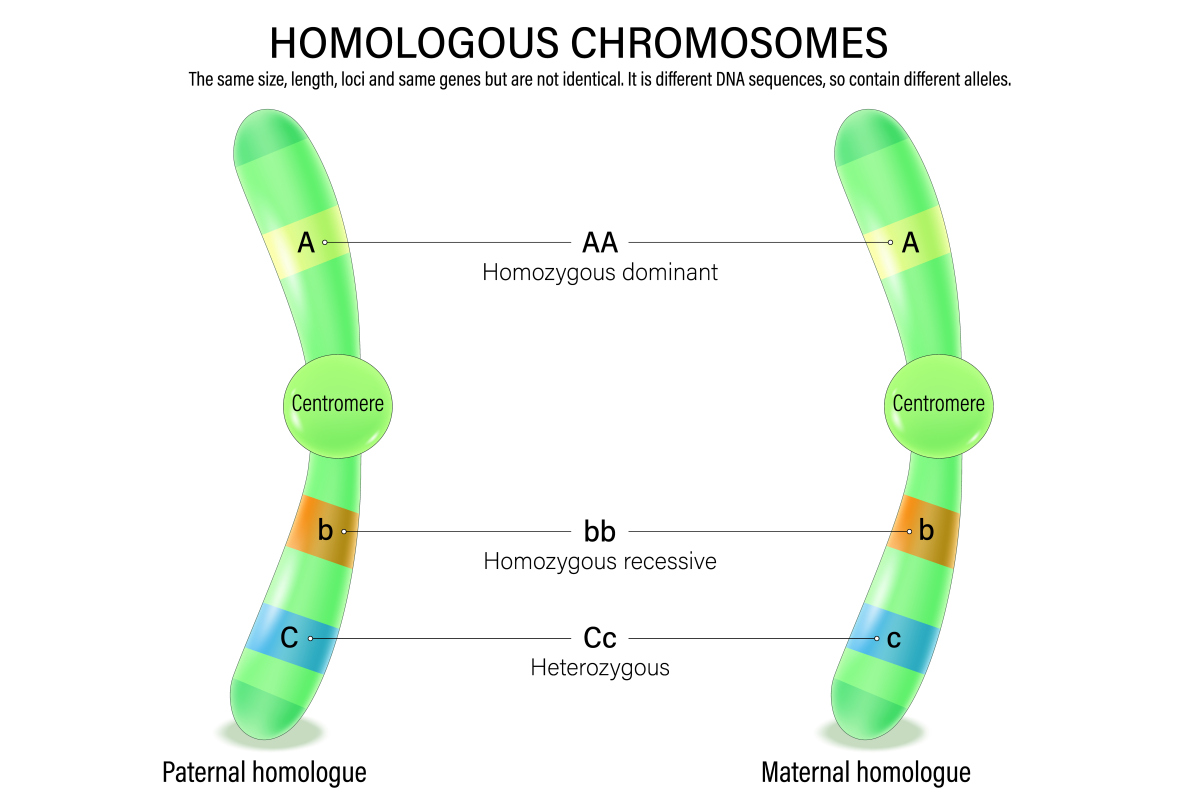How to reflect and analyze the impact of urban roughness on precipitation in WRF experiments For example calculating friction and drag components
There are several methods to reflect and analyze the impact of urban roughness on precipitation in WRF experiments. One common method is to calculate the friction and drag components using the surface characteristics of urban areas.
Here are some steps to perform this analysis:
-
Define the surface characteristics of urban areas in the WRF model. This can be done by using land-use data that provide information on urban land cover types, such as buildings, roads, and vegetation.
-
Calculate the surface roughness length for each land cover type using empirical formulas or measurements from field studies. The surface roughness length represents the height of the roughness elements, such as buildings and trees, and affects the momentum transfer between the surface and the atmosphere.
-
Compute the friction velocity and the drag coefficient using the calculated surface roughness length and the meteorological variables, such as wind speed and direction. The friction velocity represents the velocity scale of turbulent motion near the surface, and the drag coefficient represents the resistance of the surface to the flow of air.
-
Analyze the impact of urban roughness on precipitation by comparing the WRF simulations with and without urban areas. This can be done by comparing the precipitation amount, intensity, and spatial distribution between the two simulations.
-
Evaluate the sensitivity of the precipitation to changes in urban roughness by modifying the surface characteristics of urban areas, such as the building height and density, and repeating the simulations.
Overall, the analysis of urban roughness impact on precipitation in WRF experiments requires careful consideration of the surface characteristics of urban areas and their interactions with meteorological variables. The calculation of friction and drag components is a useful tool to quantify these interactions and to evaluate the sensitivity of precipitation to urbanization

原文地址: https://www.cveoy.top/t/topic/eS5n 著作权归作者所有。请勿转载和采集!